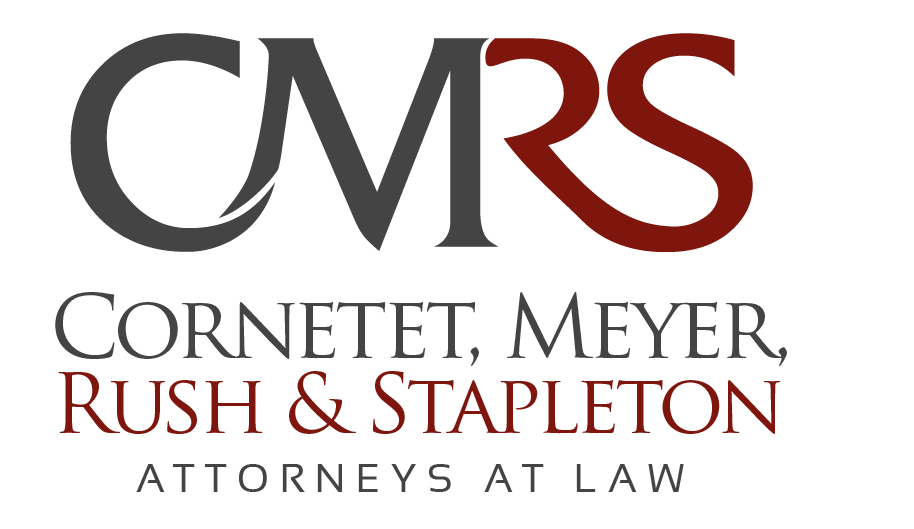Spousal Lifetime Access Trust (SLAT):
The SLAT is an irrevocable trust for the benefit of one spouse (as well as your children and grandchildren) during your life. It will reduce your taxable estate yet allow access if needed, but it can only be accessible by one spouse (not both). Typically an independent trustee, whom you appoint, would approve distributions from the SLAT to the beneficiary spouse, children, and grandchildren.
The spouse who makes the gift to the SLAT, the grantor, would be responsible for paying income taxes during life. In addition, an appraisal would be required for your interest in any asset which is not publicly traded.
It is possible, with some risk, to create two SLATs, one for each spouse. There are legal risks to creating reciprocal trusts, but we can structure materially different trusts that both spouses create for the other spouse.
A spouse who receives benefits from a SLAT may die prematurely; thereafter, the surviving spouse would receive no benefit from the assets in the deceased spouse’s SLAT. Thereafter, your children and grandchildren would receive a benefit.
It is also possible that the spouse who receives the benefit during life will decide to divorce the other spouse and retain the benefit outside of the division of marital assets.
Grantor Retained Annuity Trust (GRAT)
A GRAT is an irrevocable trust to which the creator of the GRAT (the grantor) transfers assets and retains the right to receive fixed annuity payments from the trust for a specified number of years.
This option would not allow for access by either spouse and would only benefit your children. It is not a tool for generation-skipping tax avoidance.
The creation of a GRAT is a gift by the grantor to the remainder beneficiaries. The gift amount is equal to the excess of the initial value of the contributed assets over the present value of the annuity payments to the grantor discounted by the Section 7520 rate (approximately 1.2% as of July 2021).
After the GRAT makes all the required annuity payments, any property remaining passes to the designated beneficiaries (or trusts for their benefit) free of federal estate and gift tax.
A GRAT can be a good option in a low-interest rate environment because of the potential for the GRAT’s assets to outperform the interest rate in effect in the month the trust was created.
If the grantor survives the annuity term, the property remaining in the GRAT will pass to the children, outright or in further trust, without the imposition of gift or estate tax.
If the grantor dies before the expiration of the annuity term, a portion or all of the GRAT assets will be included in the grantor’s estate for estate tax purposes.
While this option provides the potential for a zero valuation, it removes control from the grantor. Thus, for an early stage privately owned business is not an ideal vehicle as a loss of control is typically a non-starter.
Sales to Intentionally Defective Grantor Trust (IDGT):
An IDGT is an irrevocable trust, contributions to which are completed gifts for gift and estate tax purposes but whose assets are treated as owned by the grantor for income tax purposes. Therefore, the grantor can sell assets that they own to the trust without recognizing any capital gains. The transferor and the trust are considered the same for income tax purposes.
Similar to the SLAT, one spouse and children and grandchildren can benefit from this Trust. But, the same drawbacks of a SLAT apply to the IDGT if the spouse who receives the benefit dies or divorces the grantor.
For an IDGT, the grantor sells an asset to the trust in exchange for a promissory note with interest calculated at the applicable rate (AFR) for the note’s term. Because the sale is for full and adequate consideration, the sale to the IDGT does not trigger any gift tax or use the gift tax exemption.
This transaction is an “estate freeze” for purposes of the trust assets’ value. The grantor now owns a promissory note equal to the fair market value of the assets sold to the trust. The assets in the trust and any future appreciation on those assets are removed from the grantor’s estate for estate and gift tax purposes. The assets in the trust will likely appreciate at a much greater rate than the applicable interest rate.
The grantor pays the tax on the income generated, which is effectively an additional tax-free gift to the trust. This includes capital gains on the sale of trust assets.
Any closely held business assets will need to be appraised as of the date of the sale to establish the sale price. In addition, an appraisal of the company would be required.
We would also need to “seed” the IDGT to ensure the trust has sufficient assets to serve as security for the promissory note and payments. This “seed” gift will use the grantor’s gift tax exemption.
This transaction is a completed transfer for estate and gift tax purposes, so although the payments due on the note are received, the grantor no longer has access to the assets sold to the IDGT. This is not ideal for early-stage companies as the founder likely wants to retain control but is more appropriate in late-stage companies before an IPO.
Other Estate Planning, Trust, and Probate Topics:
- Secure Act and Estate Planning Tax Law Changes for 2020
- Gifting Taxes and Trust Estate Planning
- Opening Probate in Ohio
- Does a Transfer on Death designation solve everything?
- Ohio Probate Claims and Statutes of Limitations Summary
- Irrevocable Trust Reformations and Terminations
- Cryptocurrency, Bitcoin, and Estate Planning
- What happens to your business after you die?
- Owning a Horse and Avoiding Probate
- 30 Different Types of Trusts: Choosing the Right One for You
